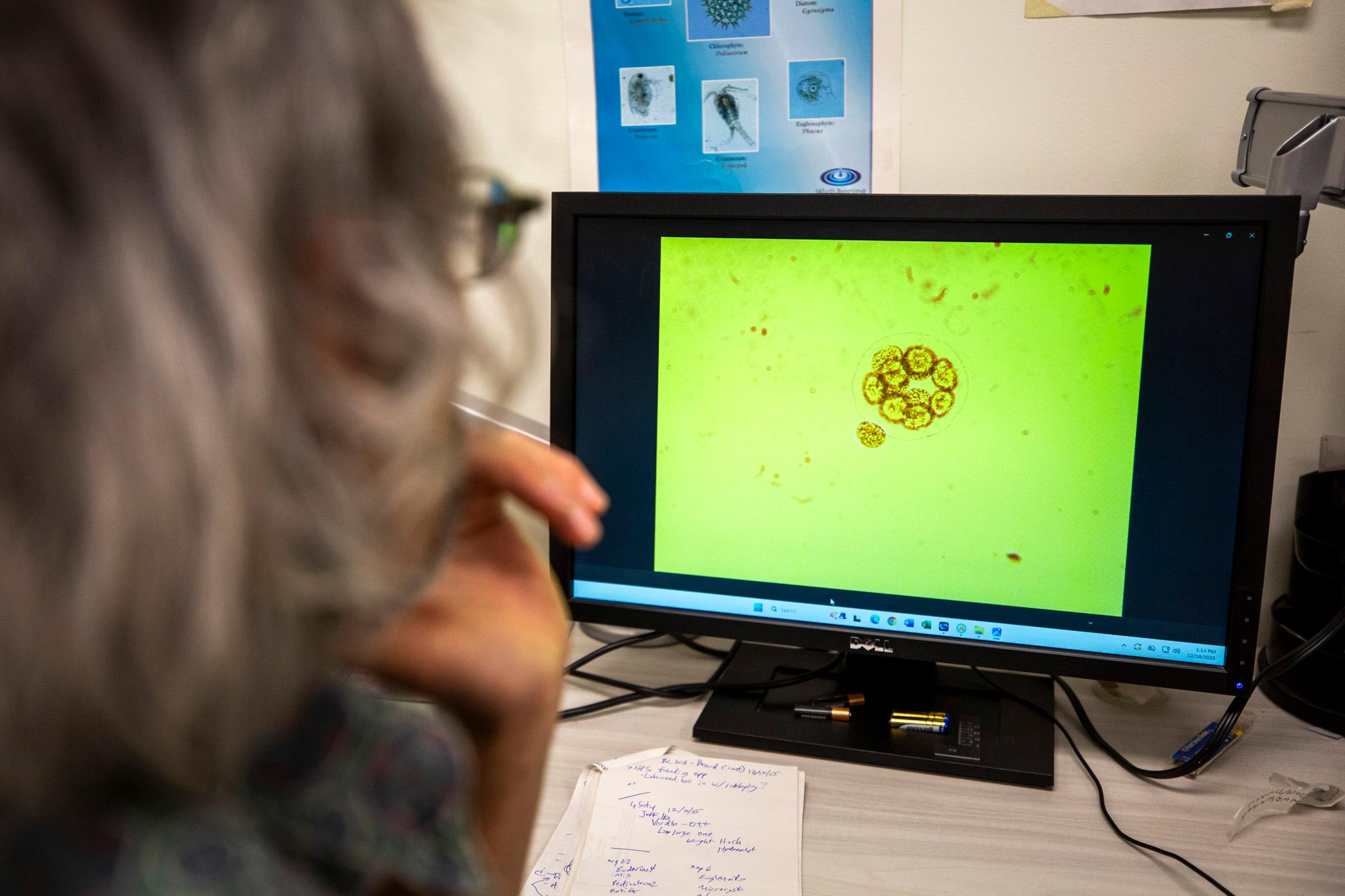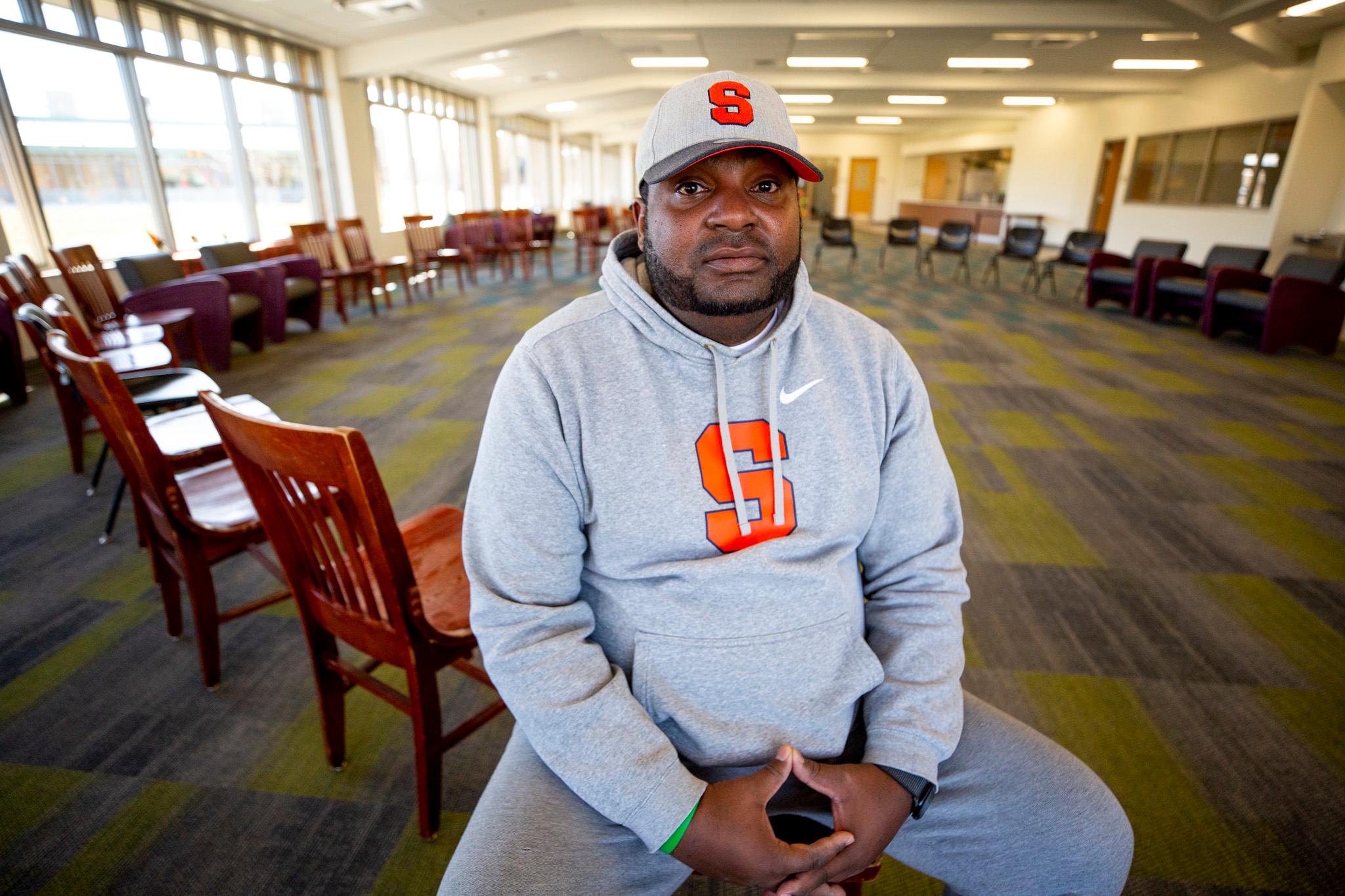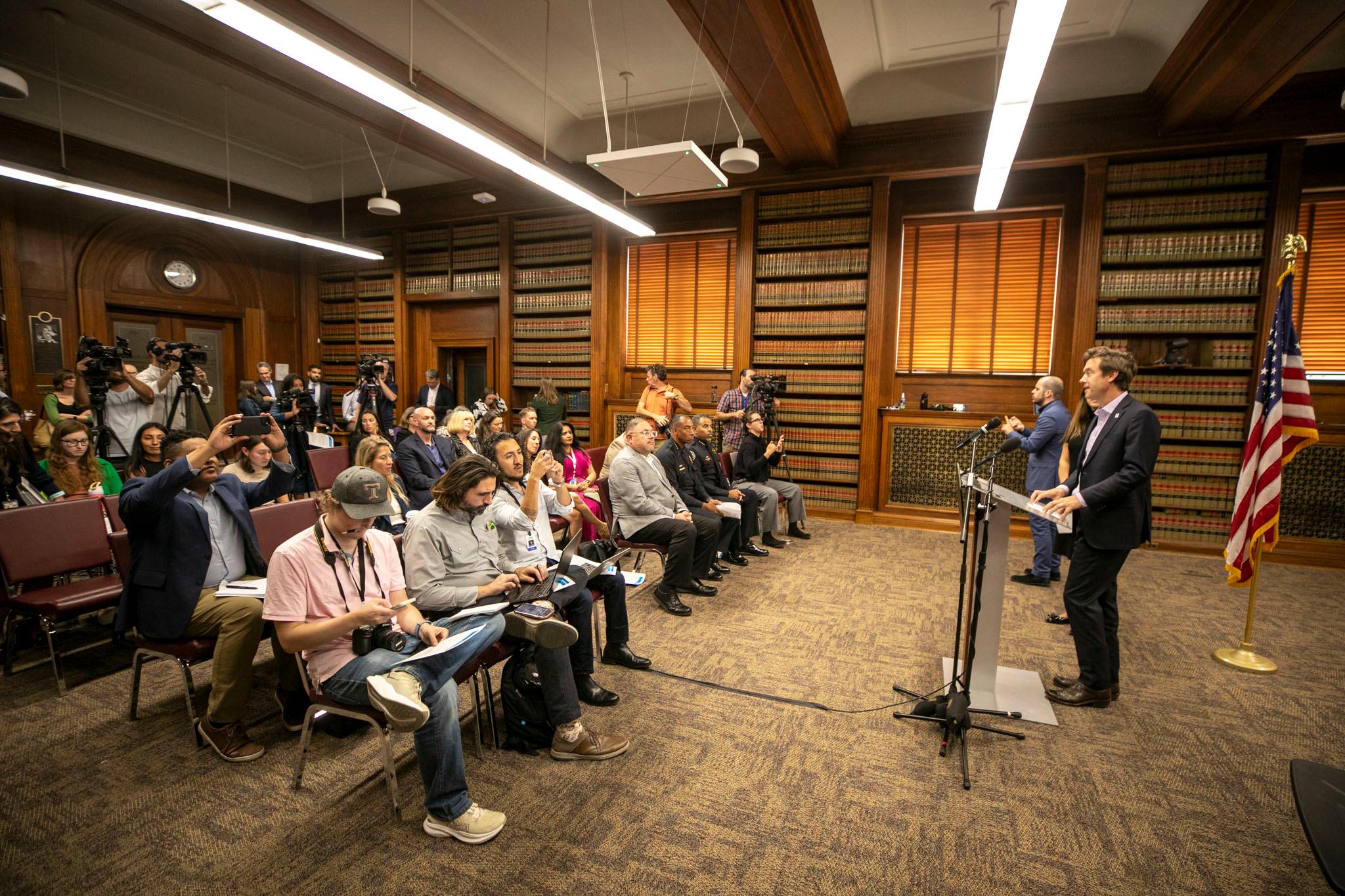In Denver, there's a place deep underground that houses flesh-eating beetles, precious artifacts and dead animals. That includes one that witnessed an atomic bomb test.
It lives in the archives of the Denver Museum of Nature and Science. And the public rarely sees it - though that could change later this year.
The witness in question is a giant clam - scientific name Tridacna gigas. The two halves of its huge shell are separated, with each standing next to the other on an industrial metal shelf. And it's a good thing the shelf is so strong because this species of clam can weigh more than 500 pounds.
Each half of the shell is at least three feet wide, and it stands at two feet tall. It even has smaller shells attached to it on the outside.
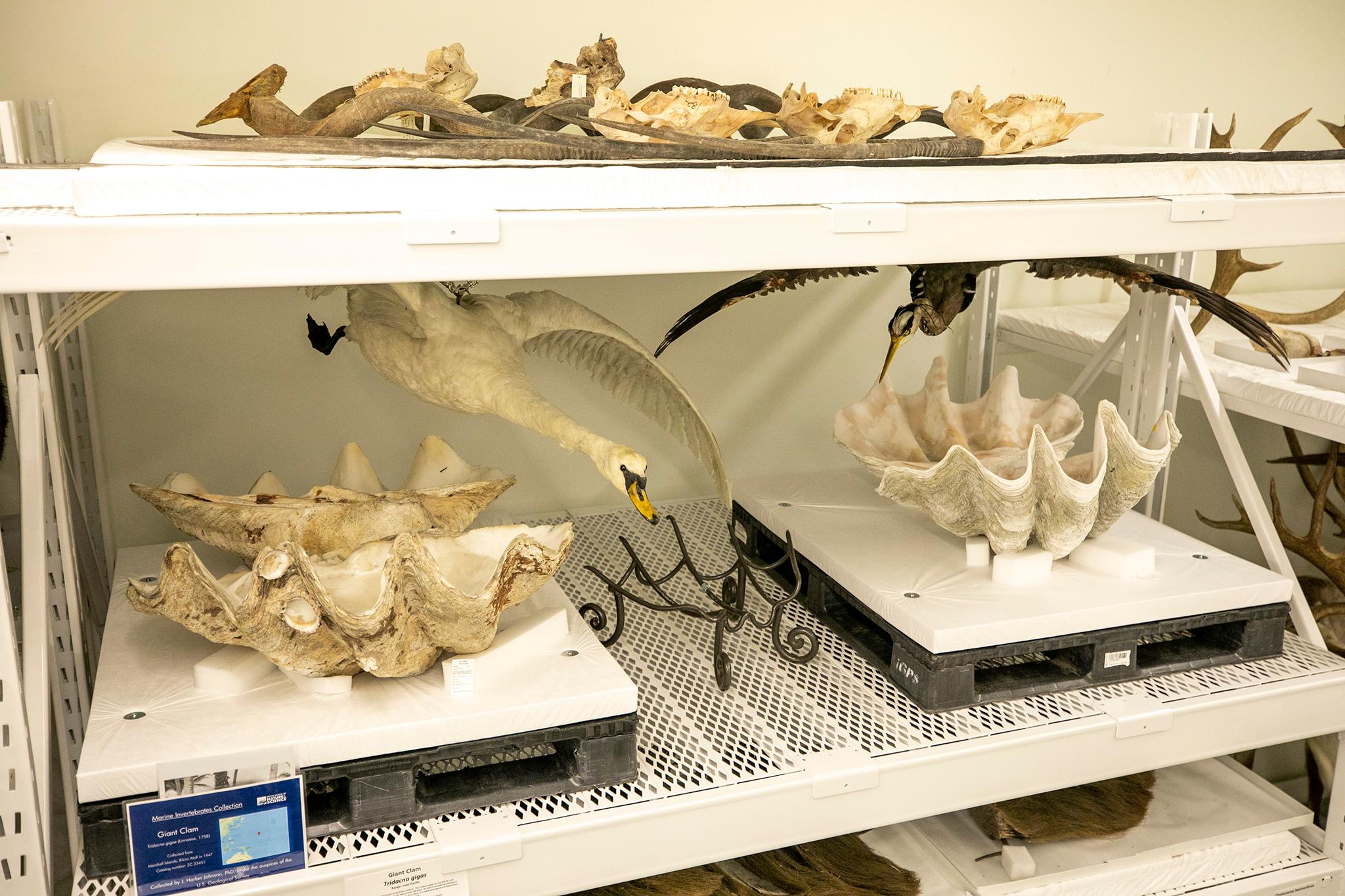
Paula Cushing approaches the clam with a huge smile on her face. She is the museum's curator of invertebrate zoology, so she looks after this specimen and many others.
"We were lucky enough to get this giant clam from the Colorado School of Mines," Cushing said.
Lucky because this creature was present, and possibly alive, at the Bikini Atoll in the Marshall Islands when the U.S. government began to drop a series of atomic bombs there in the 1940s.
Around that time, a scientist named J. Harlan Johnson traveled to the area to do his own research on coral. And he brought the giant clam to the U.S. after the first test. Johnson went on to teach at the School of Mines, where the clam spent its days until it was donated to the museum in 2017.
Before adding it to their collection, Cushing's team wondered: Is this thing radioactive?
"We went over there with a Geiger counter because we knew that there was this connection," she said with a laugh. "So, using a Geiger counter, it's not hot."
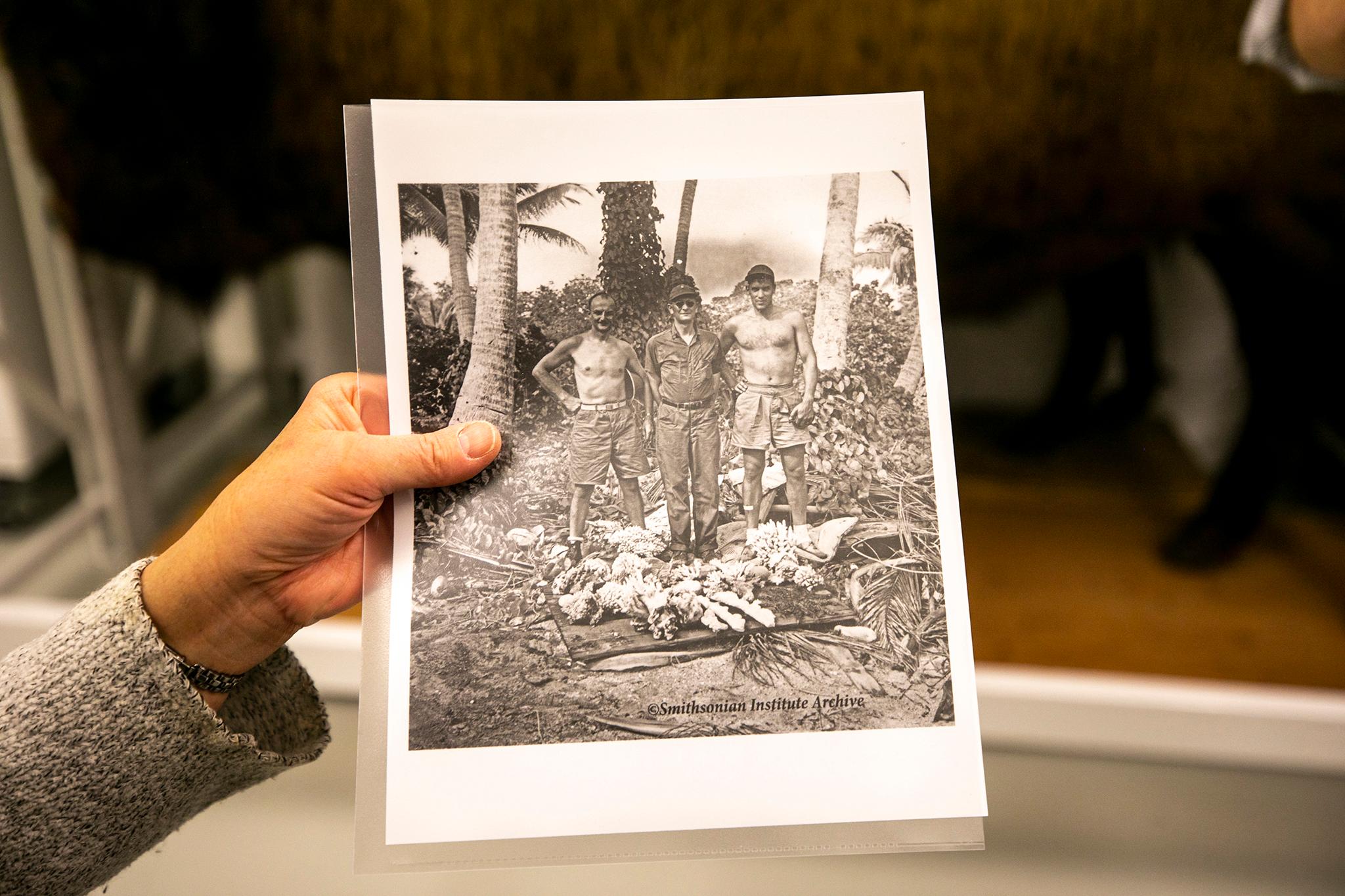
But it turns out that wasn't the end of it.
This clam is one of about 4.3 million specimens and artifacts that make up the museum's total collection. Only a small fraction of those things will ever go on display for the public to see. Although that could change, as the museum plans to start offering some public tours of its archives in the future.
Collections like this exist primarily for research purposes - not only for those who work in this museum, but for scientists around the world.
Museums around the country, including DMNS, enter every specimen that comes through their doors into an online catalog. This inventory allows researchers all over the world to browse what's available, for science's sake. That brings us back to the giant clam.
One day, a researcher with Los Alamos National Laboratory in New Mexico was looking through the nationwide catalog and saw the mammoth-sized mollusk listed. That researcher's name was Cyler Conrad, and he wanted to know more.
"[Conrad] and his team were doing a study of the radio nucleotides that may have been deposited in organisms during the nuclear testing," Cushing said. "And he said, 'I happen to see that you have this giant clam. Can we sample it?' And I said, 'Why, sure you can.'"
Los Alamos is the birthplace of the nuclear bomb, and Los Alamos Labs still conducts all sorts of research on the topic. So, Cushing drilled into the shell and its accompanying smaller shells and shipped those samples to New Mexico.
But if Cushing already checked the clam for radiation and didn't find any, why research it further?
"[Conrad] said that their techniques are a lot more sensitive," Cushing said. "As the animal's growing and it's exposed to the nuclear test, the radio nucleotides can be deposited in the inner layers of it."

So that bomb that was dropped decades ago may have had an effect on local marine life at the time, and it could very well be radioactive. But it's going to take more time to find out.
"The pandemic kind of delayed things," Cushing said. "They don't have results yet, but they're still working on it. So we're really excited to see what he finds out."
In the meantime, this giant clam will keep hanging out in the archives with some taxidermized bison and pristine whale parts. And time will also tell when the public will be able to see these types of specimens in the near future.
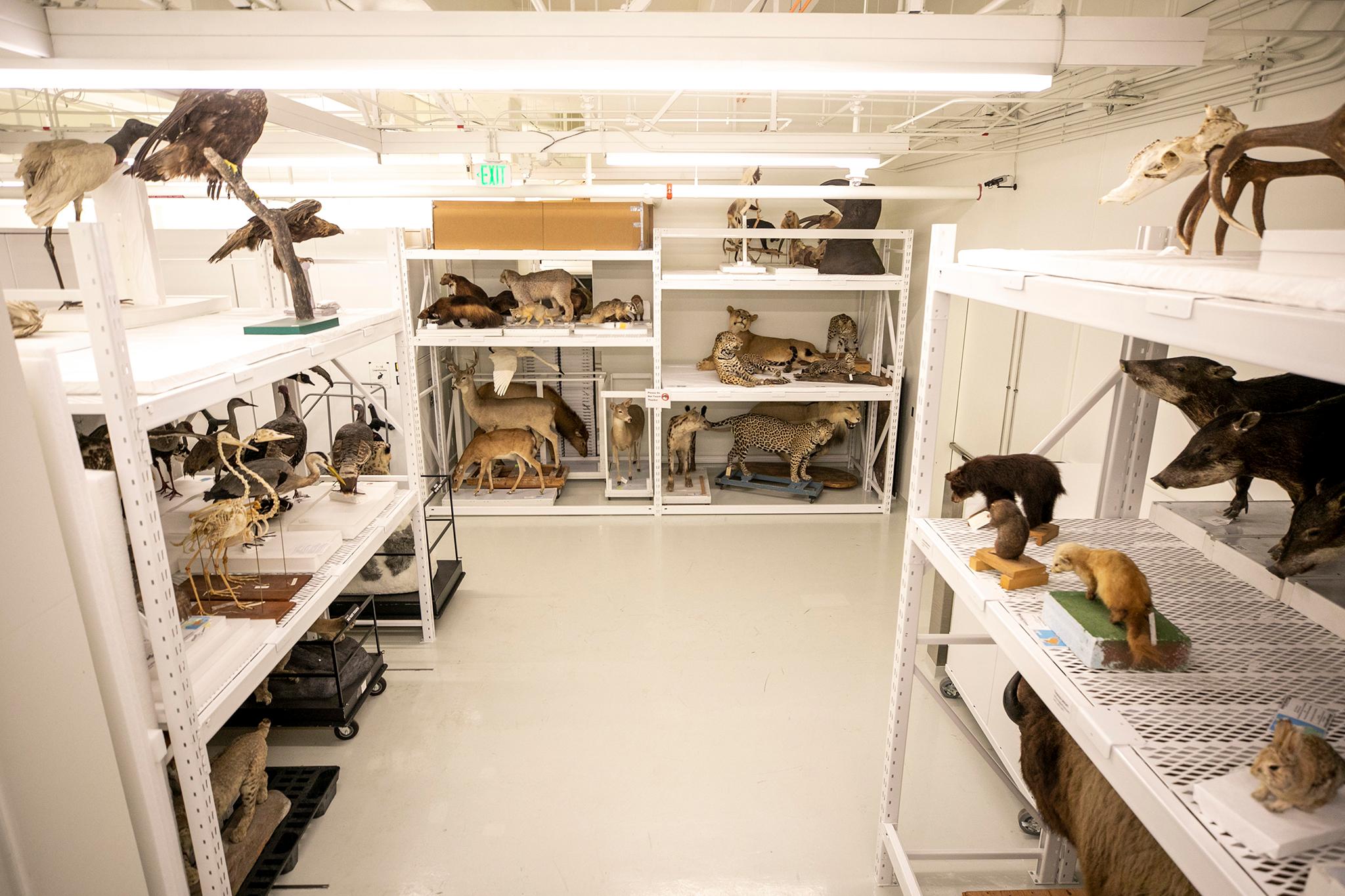
Editor's Note: The Denver Museum of Nature and Science is a financial supporter of CPR, Denverite's parent organization.
Explore the series
What happened to Bison No. 4 at the Denver Museum of Nature and Science?
What is a whale baleen and why is its skeleton at the Denver Museum of Nature and Science?







